| Price Per Person || Select By Date to 31-03-2025 to 30-09-2025 |
| No of Person | Standard | Deluxe | Luxury |
| Minimum 2 Adults | 33220 | 36410 | 37510 |
| Minimum 4 Adults | 27830 | 31020 | 31240 |
| Minimum 6 Adults | 24640 | 27720 | 27940 |
| Adults / Child with Extra | 27509 | 21846 | 22506 |
| Child without Bed | 13288 | 14564 | 15004 |
This Price Valid From 01-10-2024 To 31-03-2025
- Above Package Rate are Including Gst.
| No of Person | Standard | Deluxe | Luxury |
| Minimum 2 Adults | 34881 | 38231 | 39386 |
| Minimum 4 Adults | 29222 | 32571 | 32802 |
| Minimum 6 Adults | 25872 | 29106 | 29337 |
| Adults / Child with Extra | 28884 | 22938 | 23631 |
| Child without Bed | 13952 | 15296 | 15754 |
This Price Valid From 01-04-2025 To 30-09-2025
| Hotel Details | |||||
| City Name | Standard | Deluxe | Luxury | ||
| Wayanad | Upavan resort Web | Trip Advisor |
Wayanad Village Resort Web | Trip Advisor |
Contour Island Resort & SPA Web | Trip Advisor |
||
| Kannur | Ktdc loom land kannur Web | Trip Advisor |
KTDC Folk Land Web | Trip Advisor |
Chera Rock Beach House Web | Trip Advisor |
||
| Bekal | Neeleshwar Hermitage Web | Trip Advisor |
Neeleshwar Hermitage Web | Trip Advisor |
Neeleshwar Hermitage Web | Trip Advisor |
||
Cost Includes
- Hotel Accommodation as per above Tour Itinerary.
- Daily Breakfast at All Hotels.
- Sightseeing & Transportation by AC Vehicle.
- Driver Allowance, Toll Tax, Parking Charges & Other Miscellaneous Vehicle Charges
Cost Excludes
- Extra Km to be directly paid to the Driver if the total running exceeds the blocked Kms
- Any Airfare, Train Fare or Bus Ticket
- Extra meals other than mentioned above, Professional Guide Charges & Sightseeing Entrance Fees
- Any Expense of Personal Nature : Tips to Driver, Laundry, Telephone calls, Mini Bar etc
- Anything that is not mentioned in Cost Includes column
Important Points
Vehicles Used:
- 02 Adults: AC Indigo / AC Swift Dezire / AC Etios ( Depending upon Availability)
- 04 & 06 Adults: AC Innova
Mandatory X\\\\\\\' Mas & New Year Gala Dinner Charges Extra & not included in the cost
- Check in & Check out timings of the Hotels / Resorts will be as per Hotels / Resorts Policy. Generally Check In / Check Out time in all major Hotels / Resorts is 1400 Hours & 1200 Hours respectively
- All Special Request like early check-in, late check-out, smoking, non smoking, specific view room, floors, king bed, twin bed, adjoining rooms, interconnecting rooms will be strictly subject to availability at the time of check in and cannot be Guaranteed at the time of confirmation. Some services like Early Check in or Late Check out can be Guaranteed by paying additional amount to the Hotel
- No Rooms have been Blocked / Confirmed yet. Above is just a Offer / Quote and we are not Holding any confirmation for the same. All services / rooms will be subject to availability at the time of receipt of final confirmation from your end
- Prices may change if there is a difference in cost arising due to change in Taxes by the Government or a drastic change in Fuel Prices
- The above Offer / Quote is based on specific Hotels & Room Category as mentioned. In case any of the above Rooms or Room Category is not available, an alternate option will be suggested with the difference of cost if any
- In Deluxe Houseboats, AC will function in the Bedroom from 2100 Hours to 0600 Hours only
- In Premium Houseboats, AC will function in the Bedroom whenever Guest requires
- In Luxury Houseboats, AC will function in the Bedroom & Hall from Check in time to Check out time
- Since 5 & Above Bedroom Houseboats are limited, we will give a combination of Multiple Houseboats totalling to the number of rooms required at the same rate and will be informed at the time of Quotation & Booking
- Any specific Meal request (Vegetarian Food, Jain Food, Baby Food or Food during Fasting) should be intimated in advance to enable us to try & make arrangements for the same
- Hotels are very strict with Child Policy. Please carry the Age Proof of Child so that it can be produced if asked for
- Please carry your Original Photo ID with Address Proof since it may be asked during Journey or Hotel Check in (Driving License, Aadhar Card, Election Card, Passport or any Government Issued Photo ID)
- Kanyakumari Day Trip Extra Charges - Rs.2300 AC Indica, Rs.2600 AC Indigo, Rs.3100 AC Tavera, Rs.3600 AC Innova, Rs.4700 AC TT 12 Seat, Rs.5700 AC TT 17 Seat, Rs.6700 AC TT 19 Seat, Rs.8800 AC TT 26 Seat Per Vehicle All Inclusive
- Your Vehicle is BLOCKED for Certain Km running (As per details mentioned above). Any extra Kms above that will be chargeable & payable directly to the Driver during the Trip
- Blocking Kms for all vehicles are calculated & based on round trip calculation to & from the starting point of the Tour
- Normal timing for Driver Duty is morning 0900 Hours to 1900 Hours
- Driver / Local Representative Name & Contact Number will be provided 24 Hours before start of the Trip
- Any Communication Problem with Driver should be informed & intimated to us immediately during the Tour itself so that we can try and correct it
- We entertain / solve complaints during the Tour only. If you find any deficiency in the Committed Services from our end, please bring it to our notice as soon as possible to enable us to correct it
1
Day 1 : Bangalore Arrival - Wayanad (290 Kilometer / 5 ½ Hours)
Arrival Bangalore. Pick up from Airport / Railway Station. Proceed towards Wayanad. in what will be an enthralling drive amidst the clouds and hills along the meandering Ghat pass road. There is an optional stop at Lakkidi view point, a vantage point to witness the astonishing terrain and the vast expanse of the mighty Western Ghats. After a second stop for a few minutes at the Chain Tree site along the national highway, you will arrive at Wayanad. Hotel Check In. If Time permits Later Proceed to visits Pookode Lake (Boating - optional) and Soochipara waterfalls. Overnight stay will be at the hotel.
Wayanad: “Imagine a land blessed by the golden hand of history, shrouded in the timeless mists of mystery and legend, and flawlessly adorned by nature’s everlasting splendor.” “Wayanad, with her enchanting vistas and captivating secrets, is a land without equal. And in her embrace you will discover something way beyond anything you have ever encountered.” Wayanad is a district located in the north-east region of the Indian state of Kerala, at the southernmost tip of the Deccan Plateau.It is known for its cool highland climate, misty peaks and its virgin forests. Wayanad also played a prominent role in the history of the subcontinent. It is often called the spice garden of the south, the land of paddy fields, and the home of the monsoon...
2
Day 2 : Local Sightseeing
Wayanad Sightseeing will be starting with an early morning or post-breakfast trip to Muthanga Wildlife Sanctuary. The reserve opens at 0630 am, which is an ideal time to see the wildlife. Later visits will include the Jain Temple, Edakkal Caves, Chembra Peak, Wayanad Heritage Museum and the Phantom Rock site, after which you will be returning to the hotel for the overnight stay.
Optional Activities
Entrance Fees:
Indian National Adults - INR 10 - Indian National Child - INR 5 - Foreigners - INR 100 Light Vehicles - INR 50 - Heavy Vehicles - INR 150
3
Day 3 : Local Sightseeing
Today Early Morning After Breakfast at 07:30 Hours Proceed to visit Wayanad Wildlife Sanctuary Tholpetty, Tholpetty Wildlife Sanctuary, also known as Wayanad Wildlife Sanctuary, is a sanctuary and Elephant Reserve in Wayanad district of Kerala. It is one of the top places of wildlife in Kerala and also one of the best places to visit in Wayanad. Later Proceed to visit Kuruva Island. Kuruva Island, also known as Kuruva Dweep, is a protected river delta in Wayanad district of Kerala. Kuruva Dweep is being developed as eco-tourism project and is one of the popular places to visit. Evening Back to Hotel. Enroute visit Pazhassi Raja’s Tomb. Pazhassi Raja\'s Tomb is located in Mananthavady. This tomb is the memorial of the \'Lion of Kerala\' Veera Pazhassi Raja, a descendent of Kottayam Royal family. Arrival at Hotel & Overnight Stay.
Wayanad Wildlife Sanctuary - Tolpetty: Established in 1973, Wayanad Wildlife Sanctuary was brought under the Project Elephant in the year 1991-92. The sanctuary is bordered with Nagarhole WLS & Bandipur WLS in Karnataka and Mudumalai WLS in Tamilnadu. Occupying an area of 345 sq. km, Wayanad WLS is the second largest WLS in Kerala and is now an integral part of the Nilgiri Biosphere Reserve. The sanctuary was set up with an objective of conserving the biological heritage of the region with due consideration to the general life style of tribes and others whose lives are dependent on the forest. The Western Ghats, Nilgiri Sub-Cluster, including all of the sanctuary, is under consideration by the UNESCO World Heritage Committee for selection as a World Heritage Site. The sanctuary is divided into two separate parts, known as Upper Wayanad WLS and Lower Wayanad WLS. Upper Wayanad WLS at Tholpetty is known as Tholpetty Wildlife Range and Lower Wayanad WLS at Muthanga is known as Muthanga Wildlife Range. The sanctuary boasts of a large number of elephants nearly 900. Other animals of this sanctuary include Tigers, Panthers, Monkeys, Wild Dogs, Bisons, Deer, Bears, different types of snakes and Monitor lizards. The sanctuary houses various types of birds like Cuckoos, Peacocks, Babblers, Owls, Woodpeckers and Jungle Fowls. Peacocks and Peafowl tend to be very common in the area.
Kuruva Island: is a cluster of small islands formed by the delta in the River Kabini and is spread over 950 acres of uninhabited area. These are true natural islands with no other activities. Kuruva Island is densely populated with rich flora and fauna. Rare species of birds, orchids and herbs are the main attraction of the island apart from its breathtaking natural beauty. Several migratory birds are also seen on the island. The main island contains two small fresh water lakes. Other unique features of these islands are the bridges made of bamboo and rare species of trees. The island is very famous for Bird Watching, and Bamboo Rafting.
4
Day 4 : Wayanad - Kannur (115 Kilometer / 3 ½ Hours)
After having breakfast Proceed to Kannur and On Arrival check in to hotel, then drive to Arakkal Museum, one and only muslim dynasty in kerala-dedicated to Arakkal Family. It was a palace which is converted into a museum now. People interested in history and all, this museum will be a gem for them. Next at a short walkable distance we have Mappila Harbor– a natural harbor which gives a great view to the sea. In ancient times it was a Port which linked Malabar to foreign countries. From the bay proceed to St. Angelos Fort (Kannur Fort) , built by the first Portuguese Viceroy in India- most important historical monument-protected under the Archaeological Survey of India. Have your lunch and visit Muzhappilangadi Beach Kerala’s only drive in beach-longest drive-in beach in India-and featured to be among the 6 top best beaches for driving in the world in the BBC article for Autos. It has many activities like Paragliding, Parasailing, Micro light flights, Power boating and so on.. If still time permits you can just have a visit to Dharmadam Island, an uninhabited tiny island.
Kannur: is one among the northernmost districts in the south western state of Kerala in India. The old name \'Cannanore\' is the anglicised form of the Malayalam word Kannur. Kannur might have derived its name from one of the the Hindu diety, Kannan (Lord Krishna) and Ur (place) making it the place of Lord Krishna. The deity of the Katalayi Sreekrishna temple was earlier situated in a shrine at Katalayi Kotta in the south eastern part of the Kannur town. Kannur is rightly described as “The land of Looms and Lores”. Kannur is well known for its handlooms. It is one of the major exporter handlooms in India. The handloom cloths of Kannur have won international reputation. The industry was confined to the production of coarse varieties of dhoties and like, in the past. Production of quality and exportable varieties of handloom fabric was started when the Basal Evengelical Mission entered the field. The handloom industry, which was once the monopoly of private enterprise, has since been organised on co-operative lines. It provides employment to hundreds of thousands of people directly and indirectly.
5
Day 5 : Kannur - Bekal (85 Kilometer / 2 Hours)
Morning Breakfast at 08:30 Hours proceed to Bekal. On Arrival Check in at Hotel. Thereafter, you will be exploring the city and visiting places like Bekal Fort Beach, Bekal Hole Aqua Park, Kappil Beach(6 km from Bekal Fort), Kanwatheertha Beach (3 km from Manjeswaram) - A large swimming pool like formation of the sea on the vast beach is the main attraction.etc. Evening Back to Hotel & Overnight Stay.
Bekal: A serene village in Kasaragod district, Bekal is a land with a storied past. Here the ancient forts and golden beaches whisper to the wind legends unknown to mankind. The sun kissed beaches, the regal forts, majestic hills, meandering rivers and the rich cultural tradition of this land all pale in comparison to the ancient stories it has to share. Located in the southwestern tip of India, the extensive beaches, numerous estuaries and backwaters and the unexplored virgin environs all qualify Bekal as a site with immense potential to become an international tourist destination.
6
Day 6 : Bekal - Mangalore Airport / Railway Station Drop (70 Kilometer / 2 Hours)
Early Morning Enjoy at Beach & After Breakfast Check out from Hotel & Proceed to Mangalore & our Vehicle will drop you at Mangalore Railway Station / Airport for your Onward Journey.

Bangalore to Wayanad

Pookode Lake

Soochipara Falls

Boating at Pookode Lake

Edakkal Caves

Chembra Peak

Muthanga Wildlife

Phantom Rock

Kuruva Island View
.jpg?v=1.8)
Wayanad Wildlife

Kuruva Island

Pazhassi Raja's Tomb

Mappila Bay
Arakkal Museum

St. Angelos Fort
Muzhappilangadi Beach

Dharmadam Island

Bekal Fort
Bekal Hole Aqua Park

Kappil Beach

Kanwatheertha Beach

Kanwatheertha Beach

Bekal Fort Beach

Fly back to Home
What You Should Know More About Kerala, its Hotels, Tours & Food?
Kerala, land of backwater, palm trees and lakes can be visited any time of the year as Kerala has a very pleasant weather all across the year. The Peak Season in Kerala Tourism is from October- March.
- Kochi Airport (Cochin)
- Kozhikode Airport (Calicut)
- Thiruvananthapuram Airport (Trivandrum)
Cochin, Wayanad, Guravayoor, Munnar, Thekkay, Alleppey, Kumarakom, Kovalam, Trivandrum, Kanyakumari are some of the most famous Tourist Places in Kerala.
- During Summer (April-June) it is 24 - 32 degree Celsius
- During Monsoon (July-September) it is 20 - 26 degree Celsius
- During Winter (October-March) it is 22 - 31 degree Celsius
Yes Both Vegetarian and Non-Vegetarian food is available at almost all the Hotels & Even in the Town you can find Pure Vegetarin Restaurants.
Generally they have Basic Knwoeldge of all the Places within Kerala and can Guide you as per your requirement ofr interest of Sightseeing.
Almost all the Having AC Rooms. We always Advise not to take AC Rooms in Munnar & Thekkady Since its a Hilly Area.
There are 3 Category of Houseboats in Kerala with 1 to 12 Bedrooms Deluxe, Premium & Luxury Category. Below are the details:
- In Deluxe Houseboats, AC will function in the Bedroom from 2100 Hours to 0600 Hours only
- In Premium Houseboats, AC will function in the Bedroom whenever Guest requires
- In Luxury Houseboats, AC will function in the Bedroom & Hall from Check in time to Check out time
Generally, the car and the chauffeur will be at your disposal till the end of your trip. In some unforeseen cases, the car or the chauffeur might change. The Chauffeur Duty timings will be 08:00 Hours to 19:00 Hours during the Tour.
Best of North Kerala
| Package Code: NHD120 |
| 5 Nights / 6 Days |
| Holiday Type Holiday in India, Leisure, Hill Station, Romantic, Family, Adventure, Wildlife, Unseen Destination, Offbeat, Beach, Caves, Elephant, Birds, Fort, Dam |
| Cities : 03 Wayanad (Covers Kuruvadweep Island, Chempara Peak & Pookode Lake), 01 Kannur, 01 Bekal |
Send Friend
Enquire Now
JANUARY
Located on the south west coast of India, Kerala is only a short distance away from the equator and therefore enjoys a tropical climate. Temperatures remain very similar throughout the year, ranging between the high 20s and low 30s. The monsoon season falls between May and October, when the resort experiences very warm weather with bouts of torrential rain.
Rainfall
January falls in the winter season, which is the driest time of the year. In fact, January is the driest month of the entire year with a total amount of rainfall no higher than 21mm. Throughout the month there are only 3 days with rainfall. Only February comes close in terms of lack of precipitation. January 5 is historically the driest day of the year, with a chance of rainfall of merely 2%. By the end of the month, that chance rises to 6%, still very low.
There are three main types of precipitation in Kerala in January. Thunderstorms are by far the most common type, occurring on 66% of the days with rainfall. Drizzle and moderate rain happen as well, respectively on 19% and 15% of the rainy days.
Temperature
Temperatures dont change much throughout the year and Januarys temperatures are about the annual average. The average daily temperature is 28°C, the same as in February. At the hottest point of the day, the temperature can rise up to 32°C. Temperatures this high can be dangerous if youre unprepared, so make sure that you drink plenty of water throughout the day to avoid dehydration. Evenings cool down to a pleasant 23°C after sunset. Both the high and low temperatures rise a tiny bit in the course of the month.
Sea Temperature
The sea temperature is also pretty much constant all-year round and in January it averages a bath-like 28°C.
Daylight Hours
Because of Keralas location near the equator, there is very little variation in the length of the days throughout the year. In January, the day length remains virtually constant, ranging between 11.32 hours of daylight in the beginning of the month and 11.41 daylight hours toward the end.
Clouds
This is driest season and also the clearest. Cloud cover in January doesnt exceed 31%, making it the second clearest month of the year, after February. December comes in third. A typical day in January is clear or mostly clear 40% of the time and overcast only 7% of the time.
Sunshine Hours
The clearness of the skies makes January one of the sunniest months. There are 9 hours of sunshine per day on average, which is as sunny as ever gets in Kerala.
FEBRUARY
Temperature
February falls in the dry season in Kerala, India, when the resort experiences similar weather to Candolim. During this month, Kerala enjoys temperatures of up to 32°C at the hottest point of the day, so make sure that you bring plenty of light, airy clothing. In the evening, the mercury drops down to around 23°C. This is as cold as the nights ever get in Kerala the same nighttime temperatures are also recorded in November, December and January. Both the daytime highs and nighttime lows stay pretty much constant throughout the month. The overall average temperature is 28°C, gloriously warm by all accounts.
Sea Temperature
And the sea temperature is even higher. The sea water averages 29°C in February!
Daylight Hours
As the length of the days doesnt vary much in the whole year, all days in February also have virtually the same length. February 1 is the shortest day with 11.41 hours of daylight, while February 28 is the longest with 11.55 daylight hours. This only 14 minutes more.
Clouds
Cloud cover is at its annual low in February. February 1 is the clearest day of the year with a cloud cover of 29%. In the course of the month, this percentage increases to 35%.
Sunshine
Its because the sky is so clear this time of year that more sunrays hit the beaches of Kerala. Every day in February has 9 hours of sunshine on average. This is the annual maximum of daily sunshine hours—the same number is also recorded in January.
Rainfall
Cloud cover is also related to precipitation and therefore it should come as no surprise that February is one of the years driest months. In fact, only January is drier. The total amount of rainfall this month is 26mm, which is spread out over no more than 3 days with rainfall. The chance that rainfall occurs is very low, but does increase in the course of the month, from 5% in the beginning to 14% at the end.
There really only is one common type of rainfall in February: thunderstorms. They occur on 79% of the days with rainfall. Other types of rainfall that may occasionally be experienced are moderate rain, drizzle and light rain. They are, however, extremely rare and occur respectively on 9%, 7% and 4% of the rainy days.
MARCH
Temperature
Although it never really gets cold, Kerala, India, begins to get even warmer in March, when the resort sees high temperatures of up to 33°C during the day. The evenings cool down to a much more bearable 24°C after sunset. Together with April, March is one of the two hottest months of the year in Kerala. In fact, March 10 is historically the hottest day of the whole year. The average daily temperature is a scorching 29°C—the same temperature is also recorded in April and May. Temperatures this high can be dangerous if you\\\'re unprepared, so try and stay out of the sunshine during the hottest part of the day, in order to avoid sunburn and heatstroke. Drink plenty of water as well.
Sea Temperature
In March, the temperature of the sea is exactly as high as the air temperature, averaging a bath-like 29°C.
Daylight Hours
Just like the previous months and the months to come, March is characterised by an essentially constant length of the days—this is due to the resorts location near the equator. The length of the days ranges between 11.55 daylight hours in the beginning of the month and 12.12 hours of daylight at the end.
Cloud
The clearer part of the year runs toward its end in the course of March, as the skies tend to get cloudier. Cloud cover increases noticeably throughout the month, from 35% to 44%.
Rainfall
This increasing cloud cover brings with it more rainfall compared to January and February. There is now a total amount of rainfall of 40mm, which is spread out over 5 days with rainfall. March is, however, still the third driest month of the year. The probability that rainfall will be observed on any given day increases dramatically in the course of March, though. March 1 is the driest day of the month with a chance of rainfall of 14%; March 31 is the wettest day with a 33% chance that it will rain.
The most common type of precipitation, by far, is thunderstorms. They occur on no less than 75% of the days with rainfall. Other possible, but far less likely, types of rainfall are moderate rain, drizzle and light rain, respectively falling on 15%, 7% and 3% of the rainy days.
Sunshine
Also because of the cloudier skies, the amount of sunshine will be less, especially compared with the sunny winter months. March, however, has 8 hours of sunshine per day on average, only one hour fewer than February and the same number as in April. March is a pretty sunny month for a tropical place like Kerala.
APRIL
April falls within the summer season in Kerala, India, the hot season after the dry winter season and before the super-wet monsoon season. This is when the resort experiences similar weather to Calangute.
Temperature
In April, one of the hottest months of the year, the daily temperatures average 29°C, equal to the averages observed in March and May. At this time of year, temperatures can rise up to a sizzling average high of 33°C in the afternoon, so make sure you pack plenty of sun lotion, drink lots of water and stay out of the sun around the hottest part of the day. The evenings cool down to around 25°C after sunset, ideal for a moonlit stroll on the beach. Both the daytime highs and nighttime lows tend to remain constant throughout the month.
Sea Temperature
The sea temperature reaches its annual maximum in April—the water is now 30°C warm, which is basically the temperature of a comfortable bath.
Rainfall
April receives much more rainfall than the previous months of the year. The total amount of 119mm is nothing like the drenching rain showers of the monsoon seasons, though. Now, there are 13 days with precipitation, significantly more than the 5 days in April or the 3 days in January and February, but still much, much fewer than the 28 days of rainfall in July. The likelihood that rainfall occurs increases in the course of the month. April 1 is the driest day with a chance of rainfall of 34%; April 30 is the wettest day with a 45% chance.
As a tropical resort, Kerala has pretty much only one type of rainfall: thunderstorms. They occur on 74% of all days with rainfall. Moderate rain may occasionally happen as well, but only on 15% of the rainy days. Drizzle, light rain and heavy rain are very rare.
Sunshine
A day in April has 8 sunshine hours on average, which is only one hour fewer than the annual maximum of 9 in January and February. The amount of sunshine will decrease dramatically and swiftly in the following months, as the rainclouds of the monsoon season creep closer.
Cloud
Even in April, there is a significant increase in cloud cover. In the course of the month, cloud cover increases from 45% to 52%.
Daylight Hours Something that does stay constant throughout the month is the length of the days. The day length ranges between 12.13 hours of daylight (April 1) and 12.28 hours of daylight (April 30).
MAY
Temperature
The temperatures decrease slightly and the volume of rainfall increases in Kerala, India, in May, when the monsoon season is just around the corner. Its still incredibly hot, though, with an average daily temperature of 29°C, the same as it was in April. In the afternoon, the mercury rises to an average high of 32°C, while in the evenings, it drops to an average low of 25°C, ideal for enjoying some pleasant evening strolls. Those average highs and lows decrease slightly in the course of the month.
Sea Temperature
The sea temperature still remains as high as ever throughout the month and averages 30°C.
Daylight Hours
Kerala is located near the equator and this is why the length of the days remains basically constant throughout the year. In May as well, the day lengths dont vary much. May 1 is the shortest day with 12.28 daylights hours; May 31 is the longest with 12.40 hours of daylight.
Cloud
Just as in April, cloud cover increases gradually in the course of the month. The percentage of cloud cover rises from 52% in the beginning of the month to 70% at the end, quite a big increase.
Rainfall
This very noticeable increase in cloud cover is also responsible for much more rainfall. The total amount of rainfall has almost doubled compared with the previous month and now reaches 216mm, spread out over 17 days with precipitation. This makes May the fourth wettest month of the year in terms of total rainfall—after June, July and October. The probability that it will rain increases in the course of the month, from 46% on May 1 to 67% on May 31.
Thunderstorms are the most common type of precipitation, occurring on 50% of the days with rainfall. Moderate rain comes in second, observed on 27% of the rainy days. Light rain, drizzle and heavy rain may happen as well, but arent as likely.
Sunshine
Not only rainfall is the result of more cloud cover; less sunshine is as well. A day in May has 7 hours of sunshine on average. This still means, however, that more than half of an average day is sunny in Kerala—not bad for a tropical destination right before the monsoon season.
JUNE
Temperature
June marks the beginning of the monsoon season in Kerala, India, when the resort experiences the most rainfall of the year. During this month, Kerala has very similar weather to Baga, with temperatures ranging between 30°C during the day and 24°C at night, both temperatures that are a bit cooler than they were in the previous months. The overall average temperature is 27°C, two degrees below the annual maximum that was recorded in April and May. The average temperature will stay the same through December.
Sea Temperature
The sea temperature is also a bit lower in June and now averages 28°C. This is all relative, though. All temperatures are still incredibly warm by all accounts.
Rainfall
June is the wettest month of the entire year with a total amount of rainfall of no less than 341mm and with 26 days with rainfall. These numbers are extremely high and are why June isn\\\\\\\'t a particularly popular time to visit Kerala. If you do decide to go during this month, make sure you bring plenty of waterproof clothing with you. The probability that precipitation occurs increases in the course of the month, from 68% to 90%, which is the highest chance of rainfall in the year.
As opposed to the previous months, the most common type of rainfall in June is moderate rain. This occurs on 44% of the days with rainfall. Thunderstorms and light rain happen as well, respectively on 22% and 20% of the rainy days.
Cloud
Rain falls out of clouds and as the wettest month of the year, June is also one of the cloudiest—only July and August, two other monsoon months, are cloudier. As the chance of rainfall increases in the course of the month, so does the percentage of cloud cover. It rises from 71% to 85%.
Sunshine Hours
More clouds, of course, mean less sunshine. June is one of the years least sunny months. There are only 5 hours of sunshine per day on average, the same number as in July.
JULY
The monsoon season continues throughout July in Kerala, India, when the resort experiences the most rainfall of the year.
Rainfall
After the drenching month that was June, July isnt much better when it comes to total rainfall. The total rainfall is 239mm and there are an incredible 28 days with precipitation this month. July is without question one of the wettest months of the year and you can expect a rain shower pretty much every single day. The chance that rainfall occurs ranges between 80% and 89% this month.
The most common type of rainfall is moderate rain, which happens on 49% of the days with rainfall. Light rain occurs as well, on 24% of those days. Other types of precipitation that occur are thunderstorms, drizzle and heavy rain, respectively occurring on 12%, 10% and 6% of the rainy days. Luckily, rain falls generally in the afternoon. The mornings and evenings tend to be relatively dry.
Cloud
Cloud cover is at its maximum in July and ranges between 81% and 85% throughout the month. July 12 is historically the cloudiest day of the whole year.
Sunshine
With such a high percentage of cloud cover, it comes as no surprise that July isnt a particularly sunny month. A typical day in July has 5 sunshine hours on average, which is the annual minimum.
Temperature
Although it rains a lot and theres not much sunshine, July is still a warm month by all accounts. The average temperature is 27°C—a temperature that is recorded from June all the way through December. In the afternoon, the mercury climbs to an average high of 30°C that may feel warmer than it is due to the high humidity. In the evening, it drops to a still warm average low of 24°C, an absolutely perfect temperature for an evening stroll along the beach. Both the average highs and lows stay basically constant throughout the month.
Sea Temperature
The temperature of the sea is still quite high as well, averaging 27°C this month. This is actually as cold as the sea water in Kerala ever gets, a temperature that will also be recorded in August and September.
AUGUST
Temperature
Kerala, India, experiences high temperatures and a lot of rain in August. During this month, the resort has similar weather to Kovalam, with temperatures reaching afternoon highs of 30°C. Temperatures this high can get dangerous, so make sure that you drink plenty of water to keep yourself hydrated. The evenings cool down to a much more bearable 24°C after sunset. Amazingly, those two high and low temperatures are both as low as they ever get in the resort. This is undeniably a tropical place. The overall average temperature in August is 27°C, which stays the same from June through December.
Sea Temperature
The sea temperature is exactly as warm as the air temperature this month, averaging a warm 27°C—the same sea temperature is also recorded in July and September.
Cloud
After July, the cloudiest month of the year, cloud cover begins to decrease slightly in August. It decreases from 82% in the beginning of the month to 74% at the end.
Rainfall
August is the month in between the southwest monsoon season and the northeast monsoon season and sees a dip in precipitation. The total amount of rainfall this month is 156mm, far below the 341mm in June and the 268mm in October. There are, however, still 24 days with rainfall. The likelihood that rainfall occurs decreases greatly in the course of the month. August 1 is the wettest day with a chance of rainfall of 81%; August 31 is the driest day with a 68% chance.
By far the most common type of precipitation is moderate rain, occurring on 45% of the days with rainfall. Light rain, thunderstorms and drizzle may be experienced as well, with a respective chance of 20%, 15% and 14%.
Sunshine Hours
As cloud cover decreases, more sunrays are allowed to hit Kerala beaches. Now, there are 6 hours of sunshine per day on average, one more than the annual minimum of 5 hours that was recorded in June and July.
SEPTEMBER
The high temperatures and torrential rain continue in Kerala, India, in September, when the resort is enduring the monsoon season.
Rainfall
The total amount of rainfall is 175mm, which is spread out over 18 days with rainfall. These 18 days are the lowest number of rainy days since May, but that doesn\\\\\\\'t mean that the monsoon season is over. October will be much wetter again. The chance that rainfall occurs on any given day ranges between 57% and 68% this month—it is least likely on September 10 and most likely on September 1. In September, there are two main types of precipitation.
Moderate rain is the most common one, occurring on 36% of the days with rainfall. Thunderstorms are the other common type and happen on 29% of the rainy days. Occasionally, light rain and drizzle may happen as well.
Temperature
During this time of year, temperatures can reach up to 30°C in mid-afternoon, which can feel even warmer due to the high humidity. The evenings cool down to around 24°C, an ideal temperature for moonlight walks along Keralas beaches. While the nighttime average low temperature remains constant throughout the month, the daytime high temperature increases with approximately two degrees in the course of the month. The overall average temperature in September is 27°C, a temperature that is recorded from June through December.
Sea Temperature
The sea temperature is exactly the same as the air temperature, averaging a warm 27°C, which is actually as cool as the sea water in Kerala ever gets.
Cloud
Cloud cover decreases significantly in the course of September. September 1 is the cloudiest day of the month with a cloud cover of 74%; September 30 is the clearest day with 65% of cloud cover.
Sunshine
The amount of sunshine is the same as in August, averaging 6 hours per day. This number is also observed in October and November, before it rises again in December.
Daylight Hours
As Kerala is located near the equator, all its days are almost equally as long. The difference in day lengths in September is so small its barely noticeable. September 1 is the longest day with 12.18 daylight hours. September 30 is only a little shorter with 12.03 hours of daylight
OCTOBER
Although the rain storms become less and less frequent in Kerala, India, in October, as the monsoon season comes to an end, this is still a very wet month.
Rainfall
In fact, when it comes to total rainfall, October is the second wettest month of the whole year—no less than 268mm of precipitation falls from the sky this month. There are 23 days with rainfall. October is at the height of the so-called northeast monsoon season. The chance that rainfall occurs decreases significantly in the course of the month, though, from 61% to 48%, as the weather moves toward the dry winter season.
In October, the most common type of rainfall by far is thunderstorms. They occur on no less than 61% of the days with rainfall. The other types of precipitation, light rain, moderate rain and drizzle, are observed respectively on only 14%, 13% and 10% of the rainy days.
Cloud
The decrease in probability of rainfall is related to the equally as significant drop in cloud cover. In the course of October, cloud cover decreases from 65% to 54%, bringing with it a bit more sunshine.
Sunshine Hours
A typical day in October experiences 6 hours of sunshine on average.
Temperature
The average temperature this month is a warm 27°C, which is actually the lowest average temperature of the year in Kerala—it is recorded from June through December. During this month, the resort experiences similar temperatures to those in Bangalore. In the afternoon, the mercury climbs to an average high of 30°C. At night, the average low temperature ranges around 24°C. Both the average high and low stay essentially constant throughout the month.
Sea Temperature
Compared to the previous three months of July, August and September, the sea temperature in October has risen two full degrees and averages a hot 29°C.
Daylight Hours
The length of the days in October remains pretty much constant as well. October 1 is the longest day with 12.02 daylight hours, while October 31 is the shortest day with 11.45 hours of daylight.
NOVEMBER
November is the start of the dry season in Kerala, India, when the volume of rainfall is much less than the previous months.
Temperature
During this time of year, temperatures can reach an average afternoon high temperature of 31°C, one degree more than the five previous months, so make sure you pack plenty of light, airy clothing. The evenings cool down to an average low of around 23°C, ideal for a moonlit stroll on the beach. This average low is actually one degree fewer than the previous five months. The fact that days get a bit warmer and nights get slightly cooler is related to cloud cover.
Cloud
The percentage of cloud cover decreases from 54% to 41% in the course of the month, leaving more room for sunrays to hit Keralas beaches in the afternoon, but also more room for heat to escape in the evenings and nights.
Temperature
The overall average temperature is a very comfortable 27°C, the same temperature that is recorded from June all the way through December.
Sea Temperature
The sea temperature is even warmer in November and averages a bath-like 29°C. The temperature of the water doest vary much throughout the year, though, ranging between 27°C and 30°C.
Rainfall
To be honest, the dry season doesn\'t start until the very end of November; the whole month is pretty wet. It receives a total amount of rainfall of 192mm and there are 13 days with rainfall. This makes November the fifth wettest month of the year after June, October, July and May (in that order). The chance that rainfall occurs diminishes in the course of the month, as the weather makes its way toward the dry season. While at the beginning of the month there is a 45% chance that it will rain, at the end that chance has lowered to 21%.
There really is only one main type of precipitation this month and its thunderstorms. They occur on no less than 71% of all days with rainfall. The second most likely type, light rain, is observed on only 15% of those days. In fact, the beginning of November sees the highest chance of thunderstorms of the entire year—the chance that a thunderstorms happens is 36% then.
Sunshine Hours
In terms of sunshine, November isn\'t an exceptional month. Just like the three previous months, a day in November has 6 hours of sunshine per day on average.
DECEMBER
Kerala, India, enjoys wonderfully warm weatherin December with only a little bit of rainfall. December is the official start of the dry season in the resort, a time of year without much rain or humidity and with plenty of sunshine and warm temperatures.
Temperature
In December, temperatures can reach a scorching average daytime high of 31°C. Temperatures this high can be dangerous, so dont forget to drink plenty of water to keep hydrated and maybe even stay out of the sun in mid-afternoon. The evenings cool down to a much more pleasant average low of 23°C after sunset. Both those temperatures stay essentially constant throughout the month. The overall average temperature is a pleasant 27°C, which it actually has been since June. It will get a tiny bit warmer in January.
Sea Temperature
The sea temperature is comfortably high all-year round and in December as well. It averages a warm and bath-like 29°C even higher than the average air temperature!
Rainfall
The amount of rainfall drops dramatically in December. The likelihood that it will rain decreases from 20% in the beginning of the month to only 4% at the end. The total rainfall that hits the resorts beaches this month isnt more than 69mm, spread out over 4 days—significantly less than the 192mm and 13 days in November and the incredible 268mm and 23 days in October. December is arguably one of the best months to visit Kerala. Although the chance of rainfall is rather low, it does occasionally rain.
Thunderstorms are the most likely type of rainfall, occurring on 55% of the days with precipitation. Other common types are drizzle, light rain and moderate rain, respectively happening on 19%, 17% and 9% of the rainy days. Rain, however, is nothing to worry about in December.
Cloud
Cloud cover also decreases greatly in the course of the month. While the beginning of the month had 41% cloud cover, the end has 31% left. This makes December the third clearest month of the year, after January and February.
Sunshine
A decrease in cloud cover opens up the sky for more sunshine. A typical day in December has 7 hours of sunshine on average, one or two hours more than the previous six monsoon months.
Similar Holidays
2 Munnar, 1 Thekkady, 1 Alleppey, 2 Kovalam
6 Nights / 7 Days
1 Athirapally, 2 Munnar, 2 Thekkady, 1 Alleppey
6 Nights / 7 Days
1 Cochin, 2 Munnar, 1 Thekkady, 1 Alleppey, 2 Kovalam
7 Nights / 8 Days
2 Munnar, 1 Thekkady, 1 Alleppey, 1 Kanyakumari, 2 Kovalam
7 Nights / 8 Days
1 Cherai, 2 Munnar, 1 Thekkady, 1 Mararikulam
5 Nights / 6 Days
1 Cherai, 1 Athirapally, 2 Munnar, 1 Thekkady, 1 Mararikulam
6 Nights / 7 Days
1 Mararikulam, 1 Kumarakom, 2 Varkala, 2 Kovalam
6 Nights / 7 Days
1 Guruvayur, 2 Munnar, 1 Thekkady, 1 Mararikulam, 2 Poovar
7 Nights / 8 Days
1 Cochin, 2 Munnar, 1 Thekkady, 1 Kumarakom
5 Nights / 6 Days
2 Munnar, 2 Thekkady, 1 Kumarakom, 1 Mararikulam
6 Nights / 7 Days
1 Cochin, 2 Munnar, 1 Thekkady, 1 Kumarakom, 2 Kovalam
7 Nights / 8 Days
2 Munnar, 1 Thekkady, 1 Kumarakom, 2 Kovalam, 1 Mararikulam, 1 Cochin
8 Nights / 9 Days
2 Munnar, 1 Thekkady, 1 Alleppey
4 Nights/ 5 Days
1 Cochin, 2 Munnar, 2 Thekkady, 1 Kumarakam, 1 Marari
7 Nights / 8 Days
1 Cochin, 2 Munnar, 2Thekkady, 1 Kumarakam, 1 Marari
6 Nights/ 7Days
2 Athirapally with Day Tour to Chimmony Wildlife Sanctuary, 2 Munnar, 1 Vagamon, 1 Varkala, 2 Ponmudi
8 Nights / 9 Days
2 Athirapally Day Tour to Chimmony Wildlife Sanctuary, 02 Silent Valley National Park, 2 Wayanad, 1 Bekal
7 Nights / 8 Days
2 Silent Valley National Park (Visit to Palakkad), 3 Wayanad (Visit to Chembra Peak, Tholpetty, Kuruva Island), 1 Kannur, 1 Bekal
7 Nights / 8 Days
2 Thattekad, 2 Athirapally, 1 Cherai
5 Nights / 6 Days
03 Wayanad (Covers Kuruvadweep Island, Chempara Peak & Pookode Lake), 01 Kannur, 01 Bekal
5 Nights / 6 Days
2 Thattekad Bird Sanctuary, 2 Munnar, 1 Vagamon, 1 Varkala, 2 Ponmudi
8 Nights / 9 Days
2 Thattekad Bird Sanctuary, 2 Vagamon, 1 Varkala, 2 Ponmudi
7 Night / 8 Days
2 Athirapally, 2 Thattekad Bird Sanctuary, 2 Vagamon, 1 Alleppey
7 Nights / 8 Days
2 Athirapally, 3 Wayanad, 1 Kannur, 1 Bekal
7 Night / 8 Days
2 Munnar, 1 Thekkady, 1 Alleppey, 2 Kollam
6 Nights/ 7 Days
2 Munnar, 1 Thekkady, 1 Alleppey, 1 Kollam,2 KOvalam
7 Nights / 8 Days
Blog & Related Information
Copyright © 2024 Nomads Holidays. All Rights Reserved.







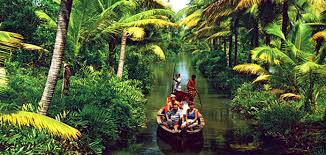

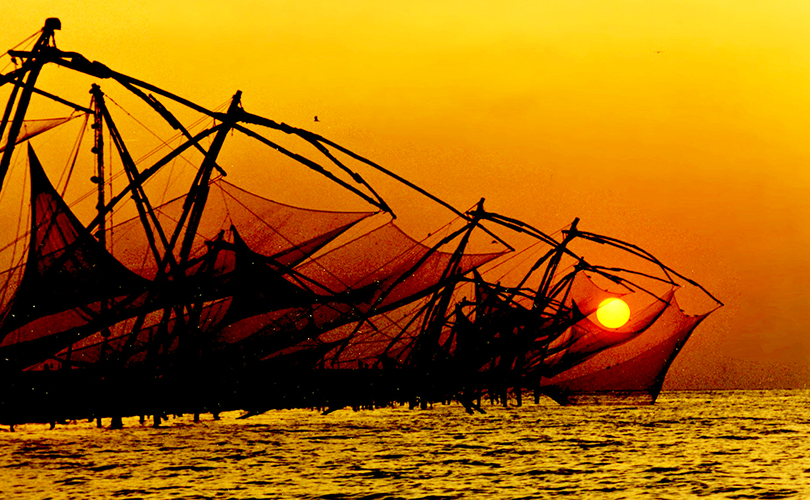
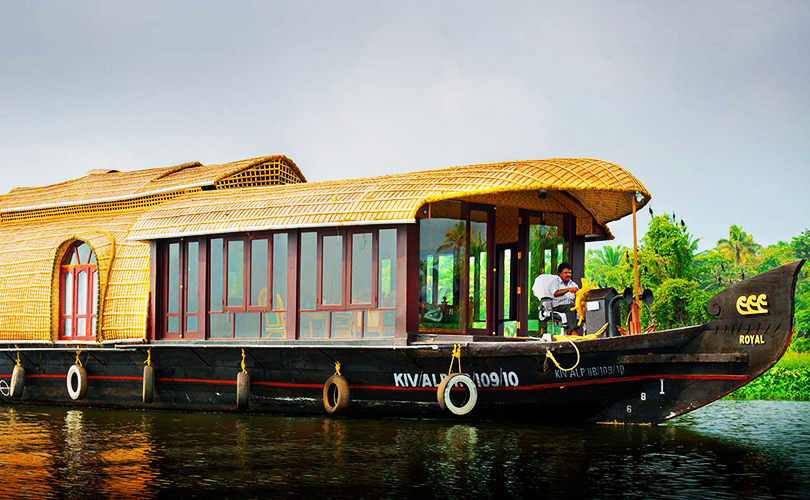
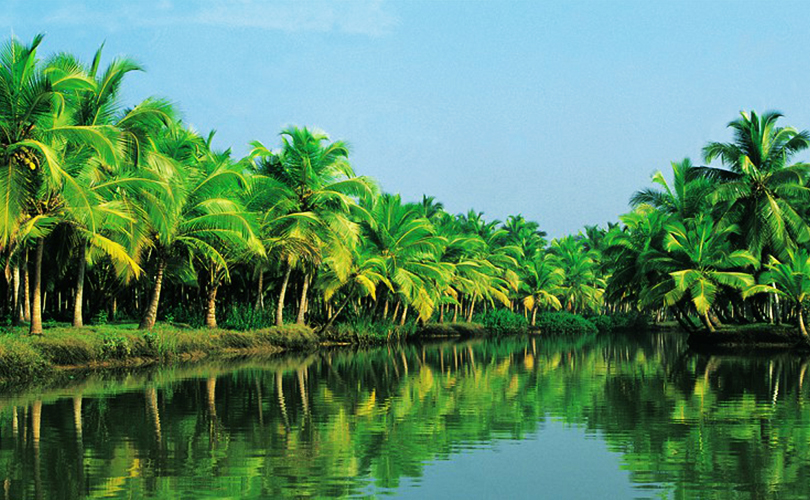

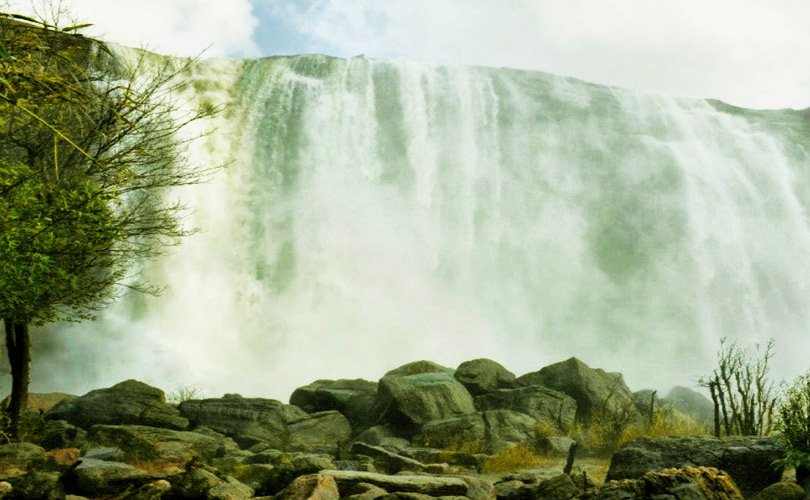
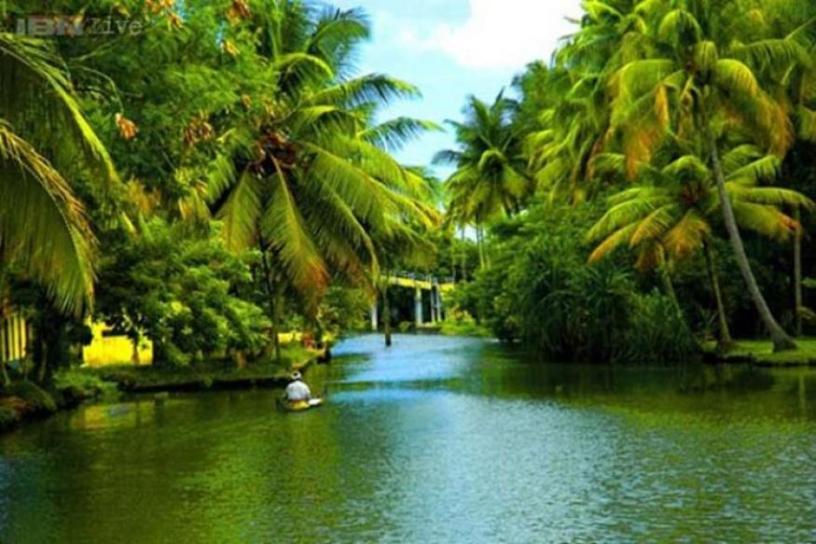
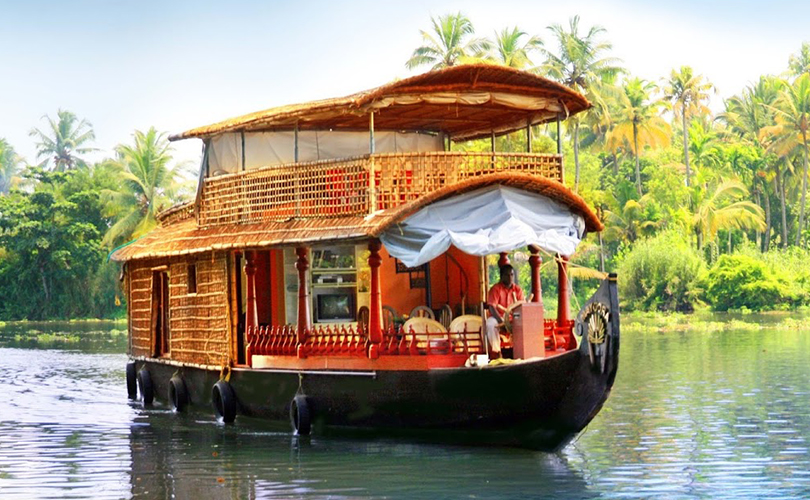

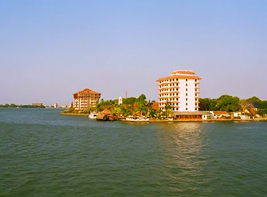
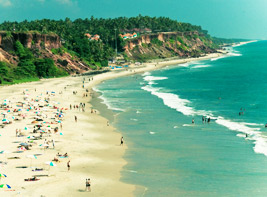

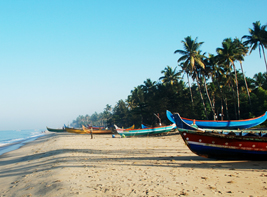
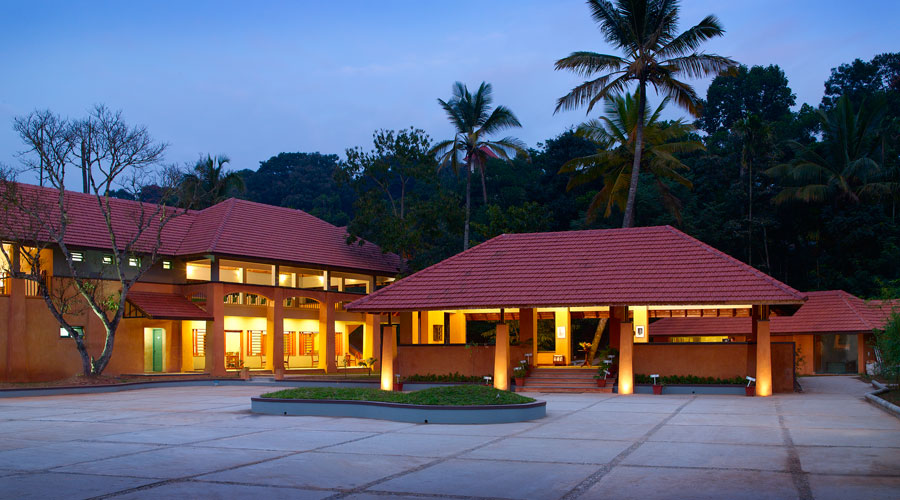
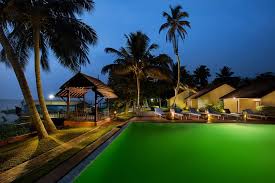
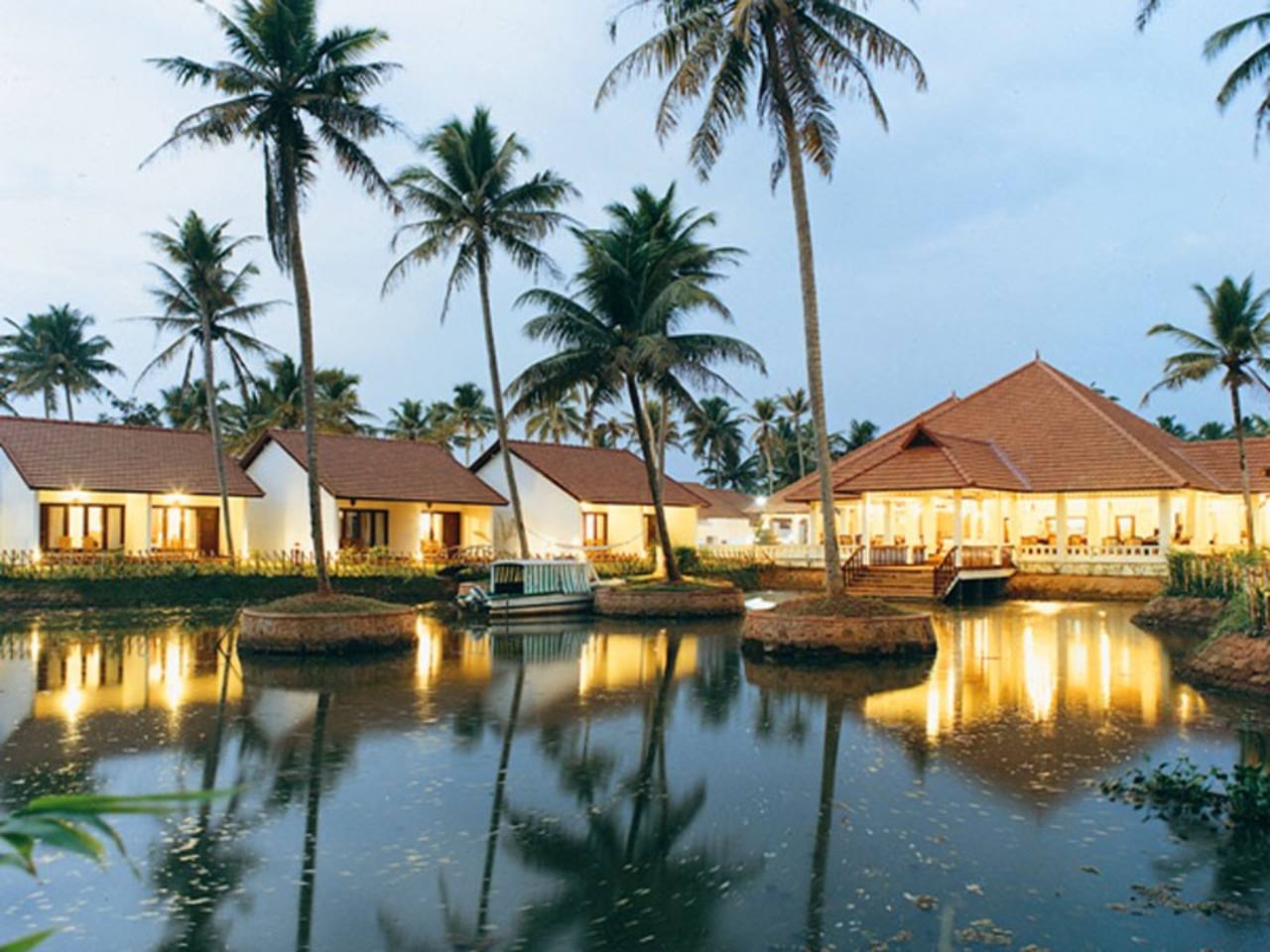
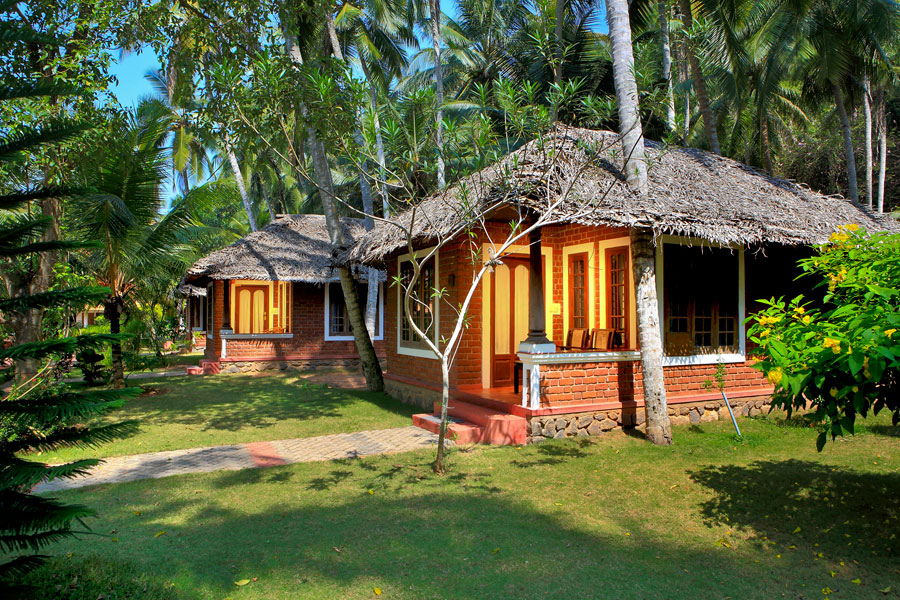
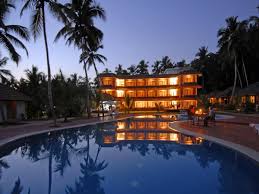


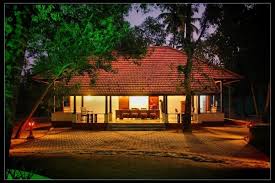
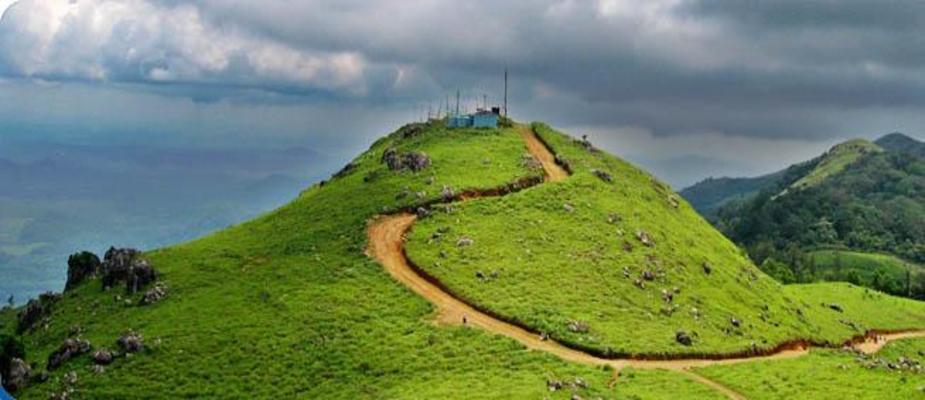

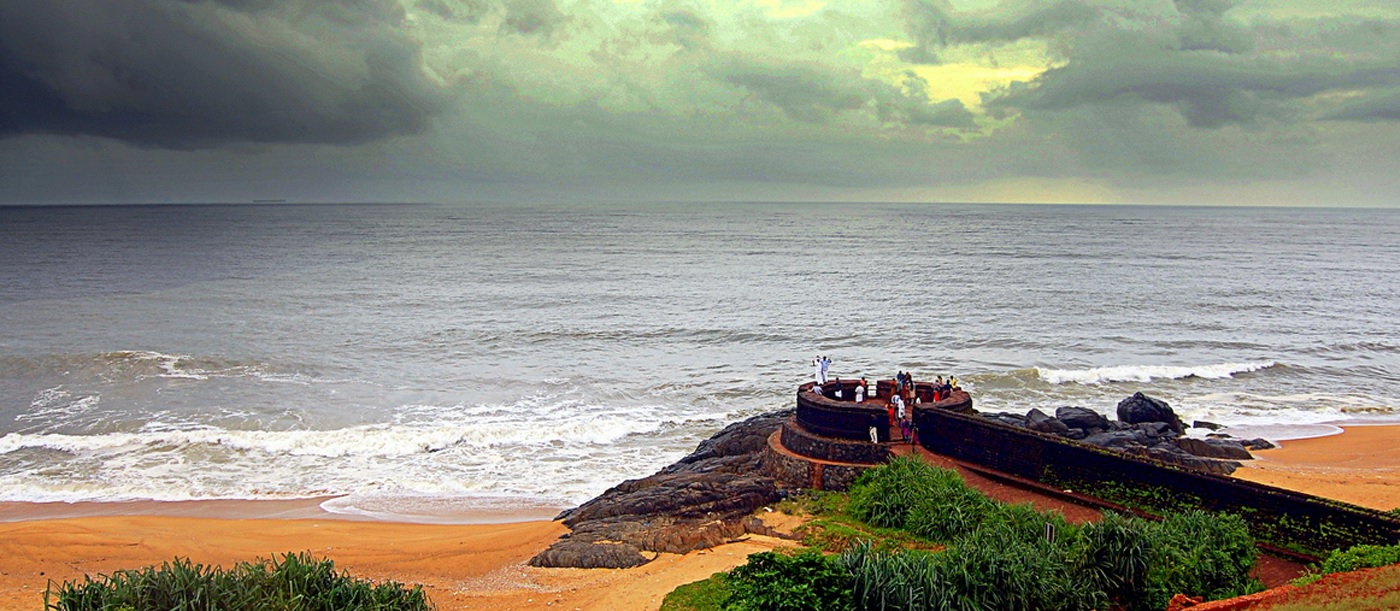
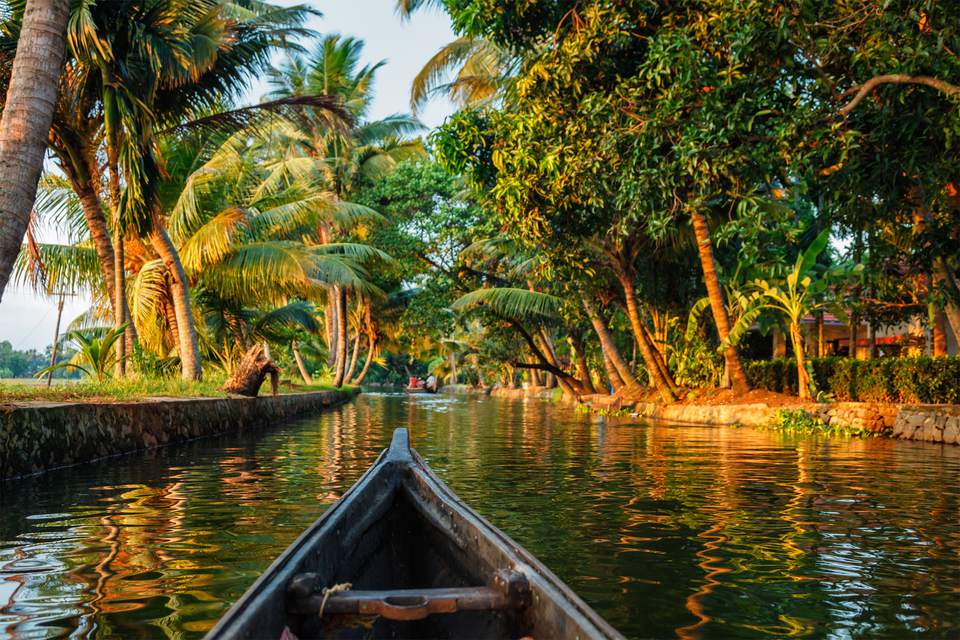

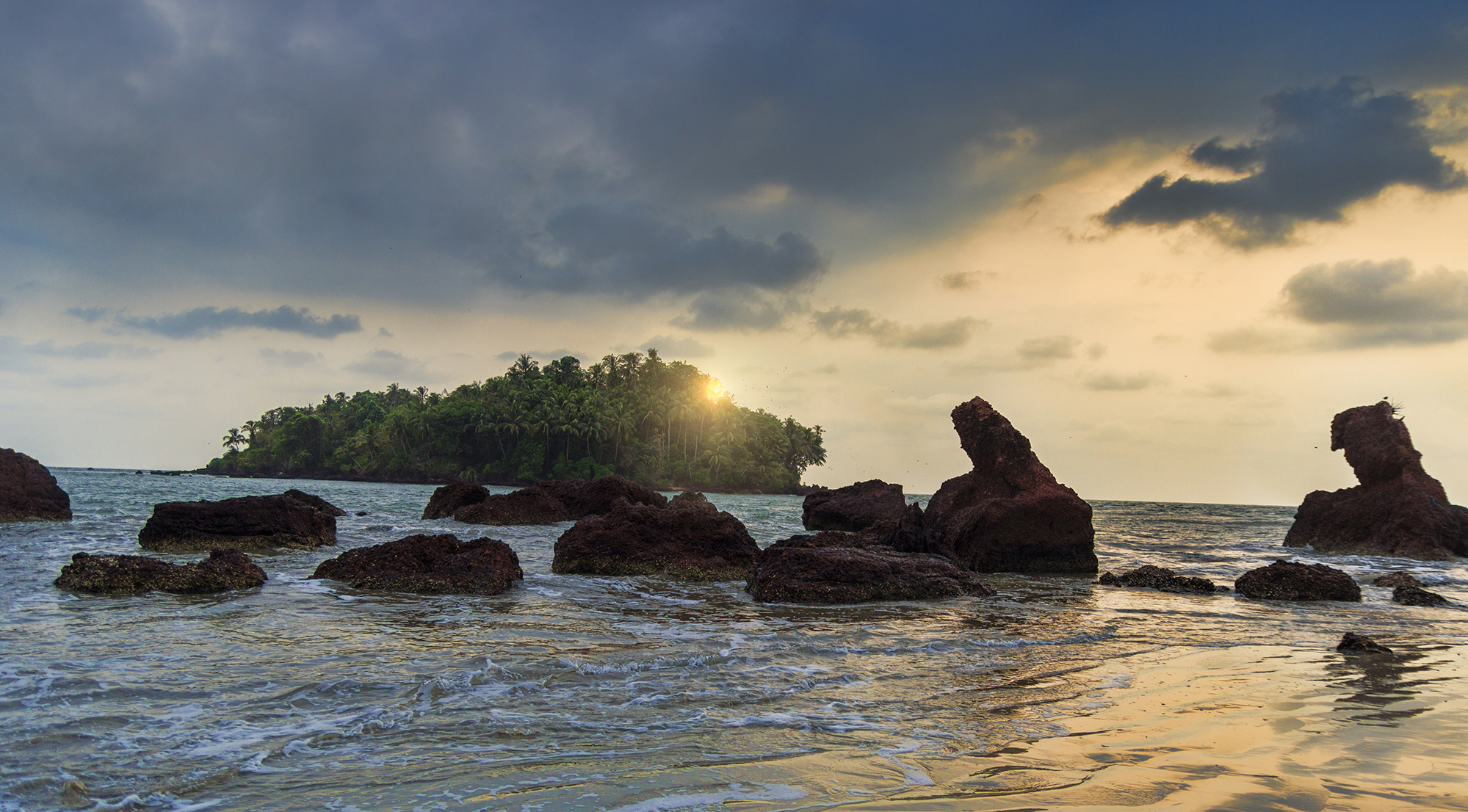
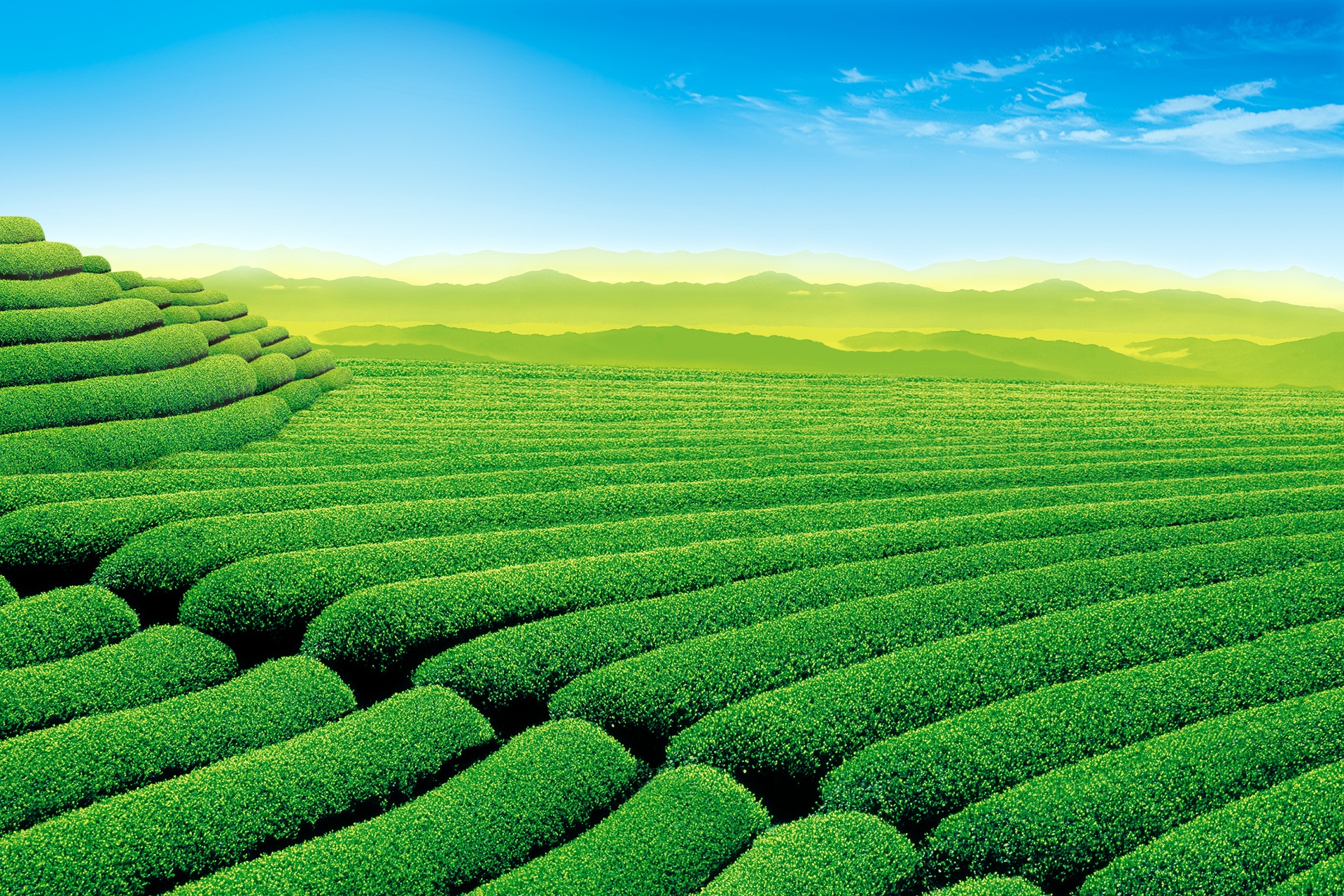
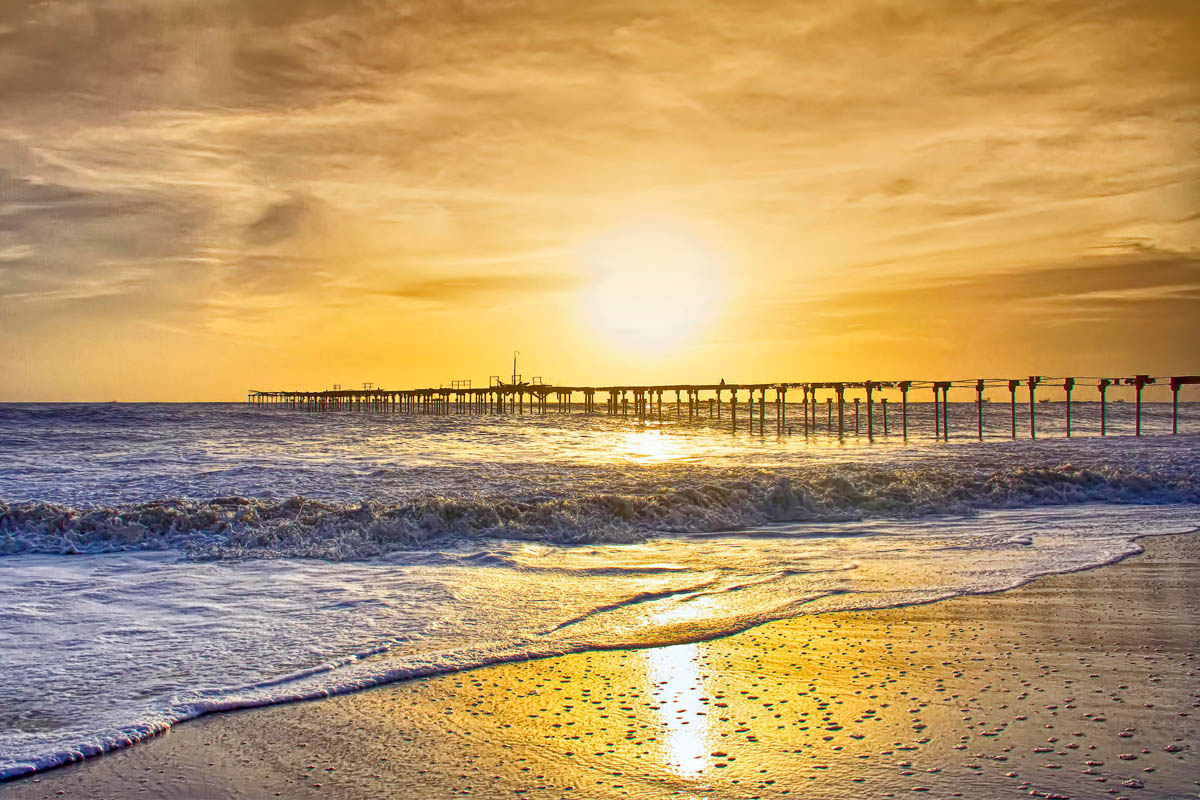
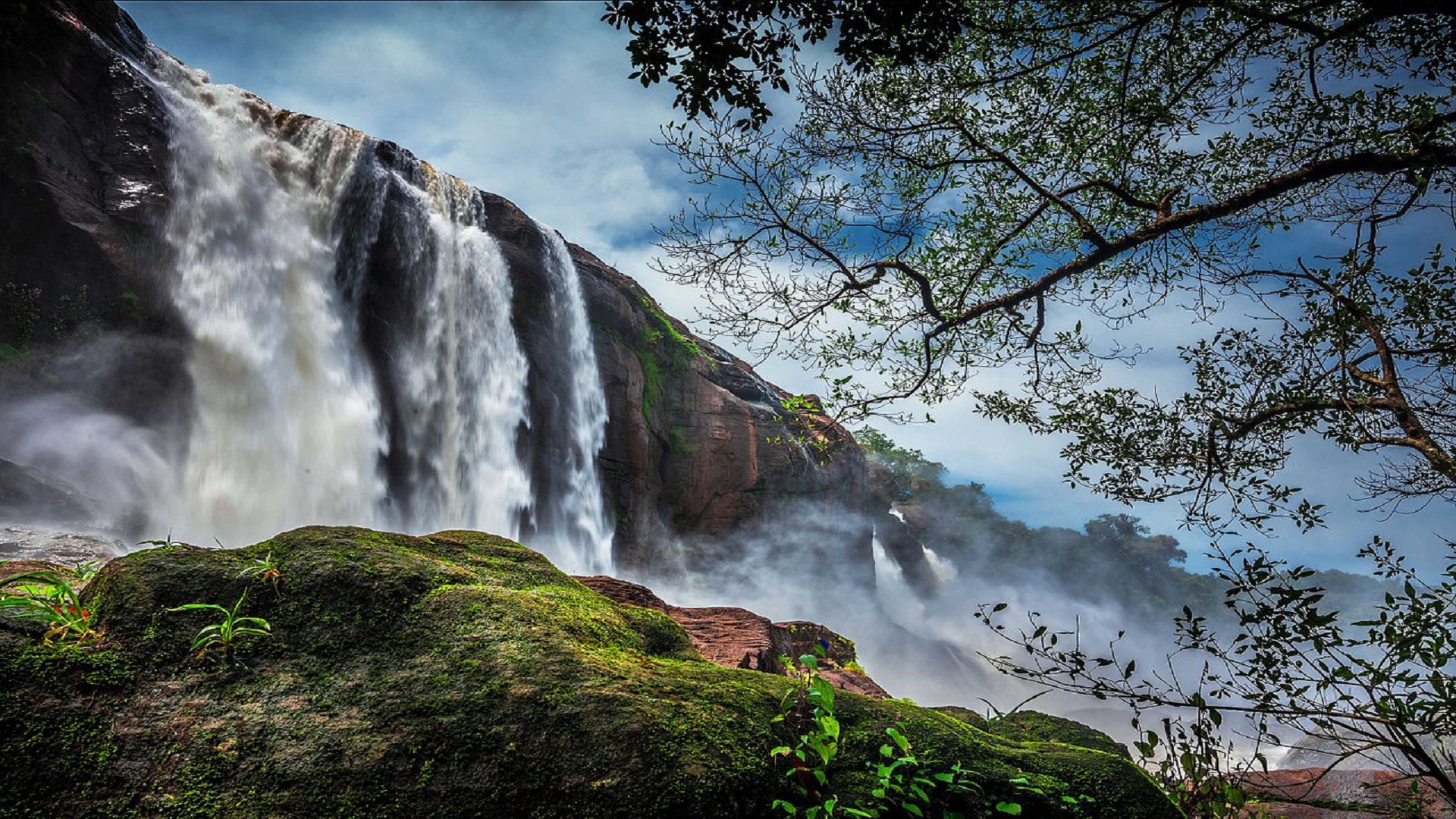
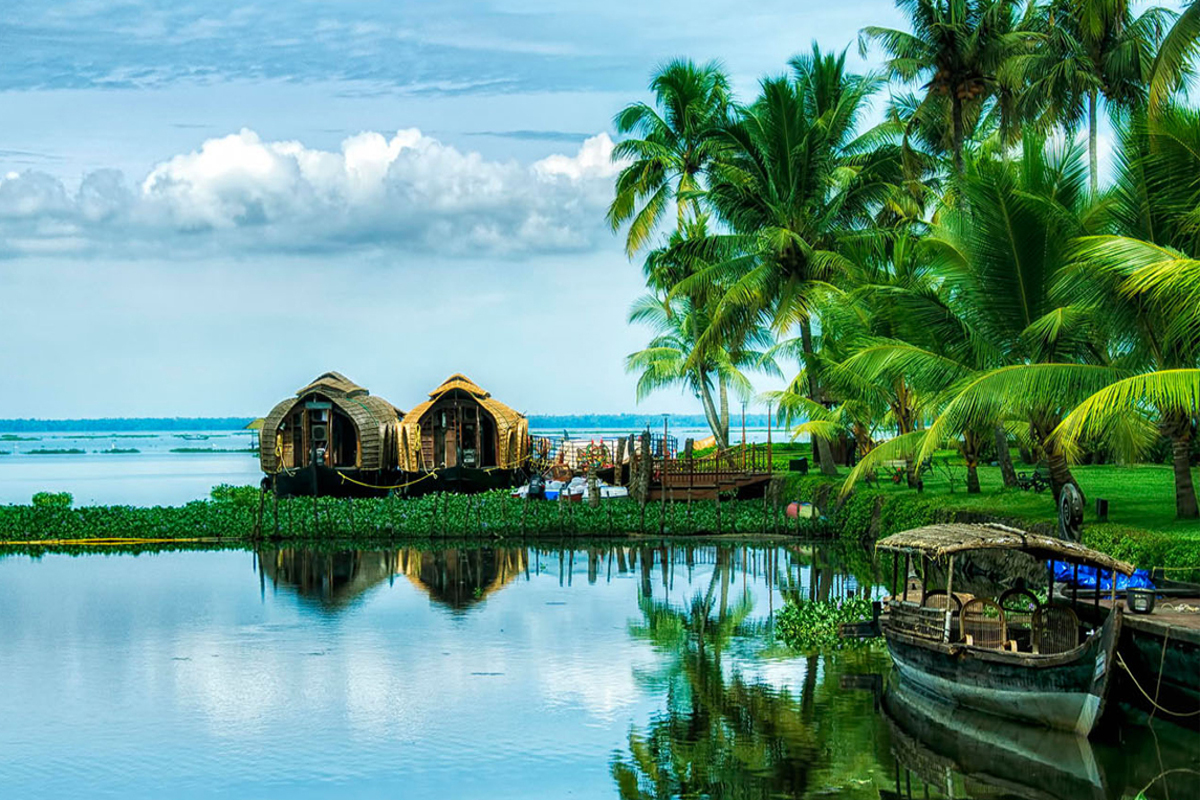
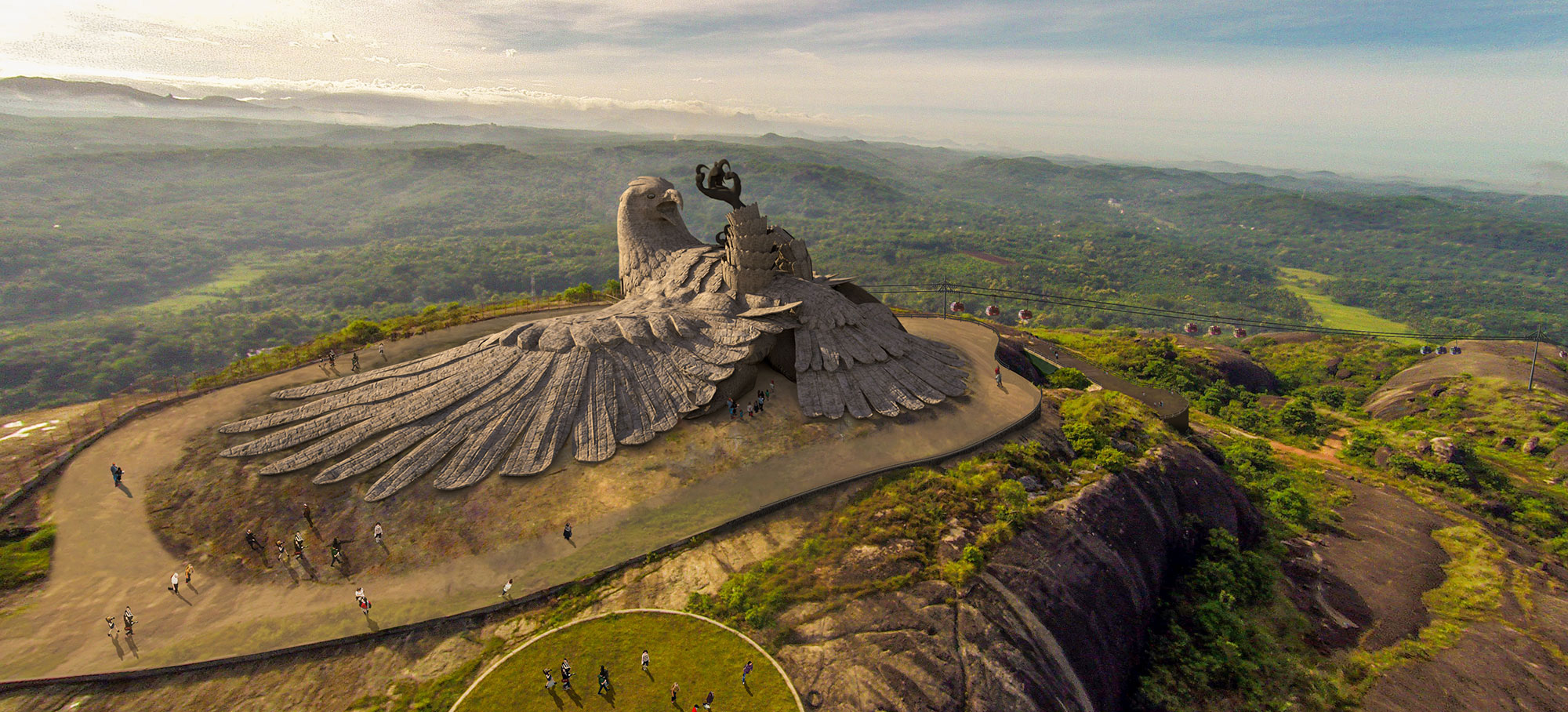

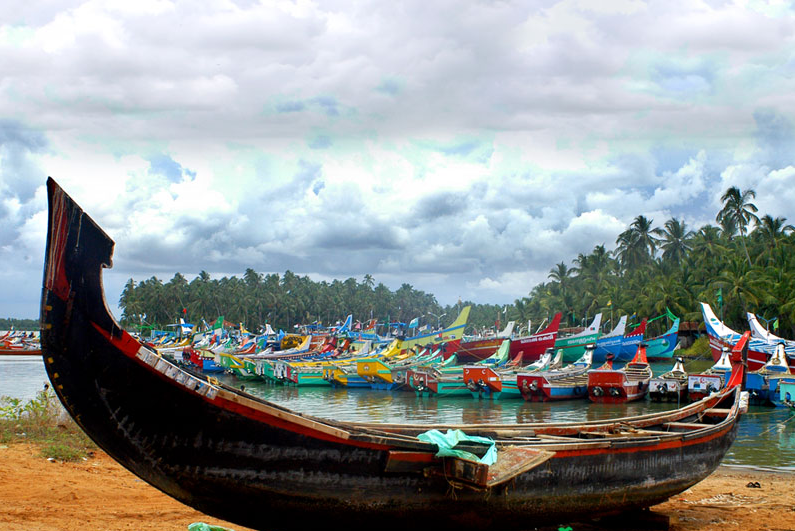



Payment Policy
Cancellation Policy
Refund Policy